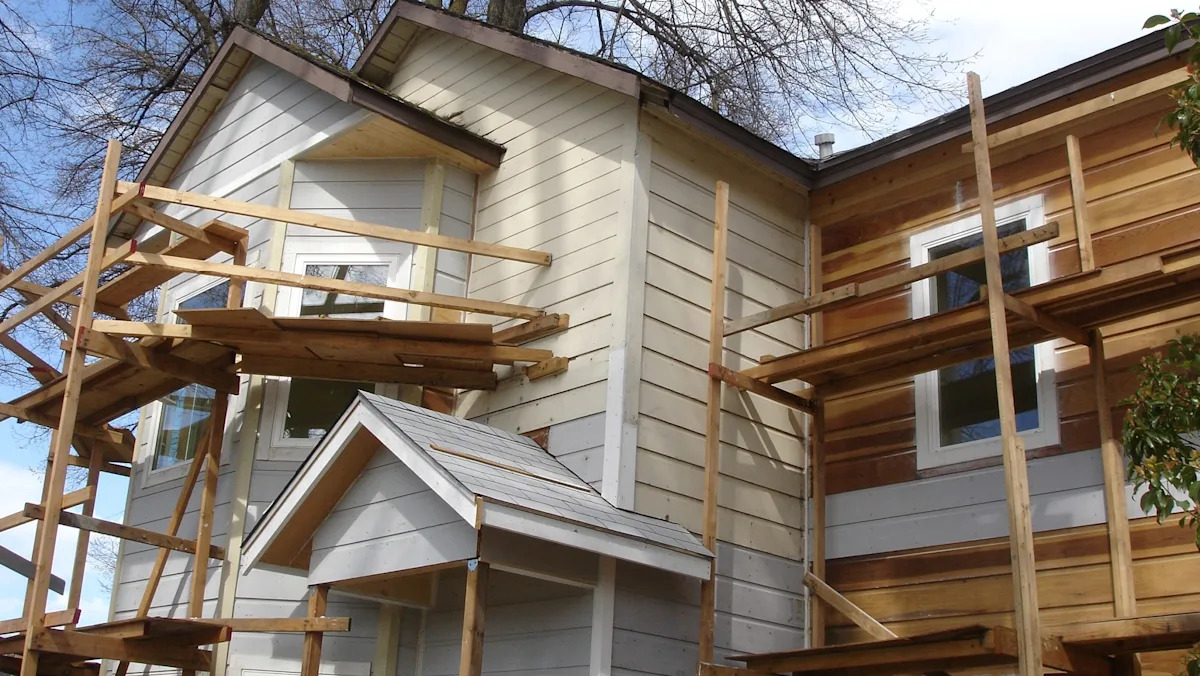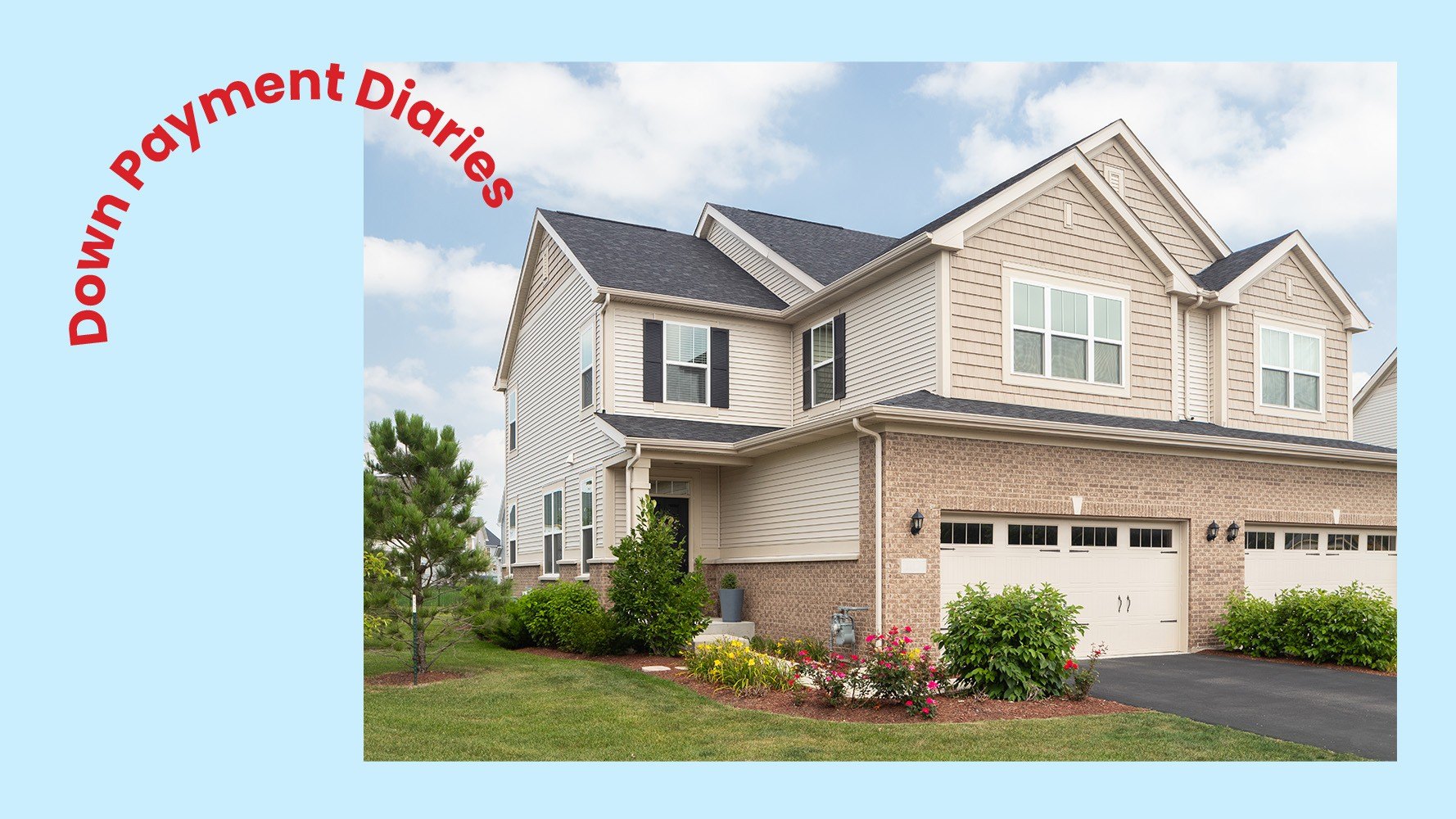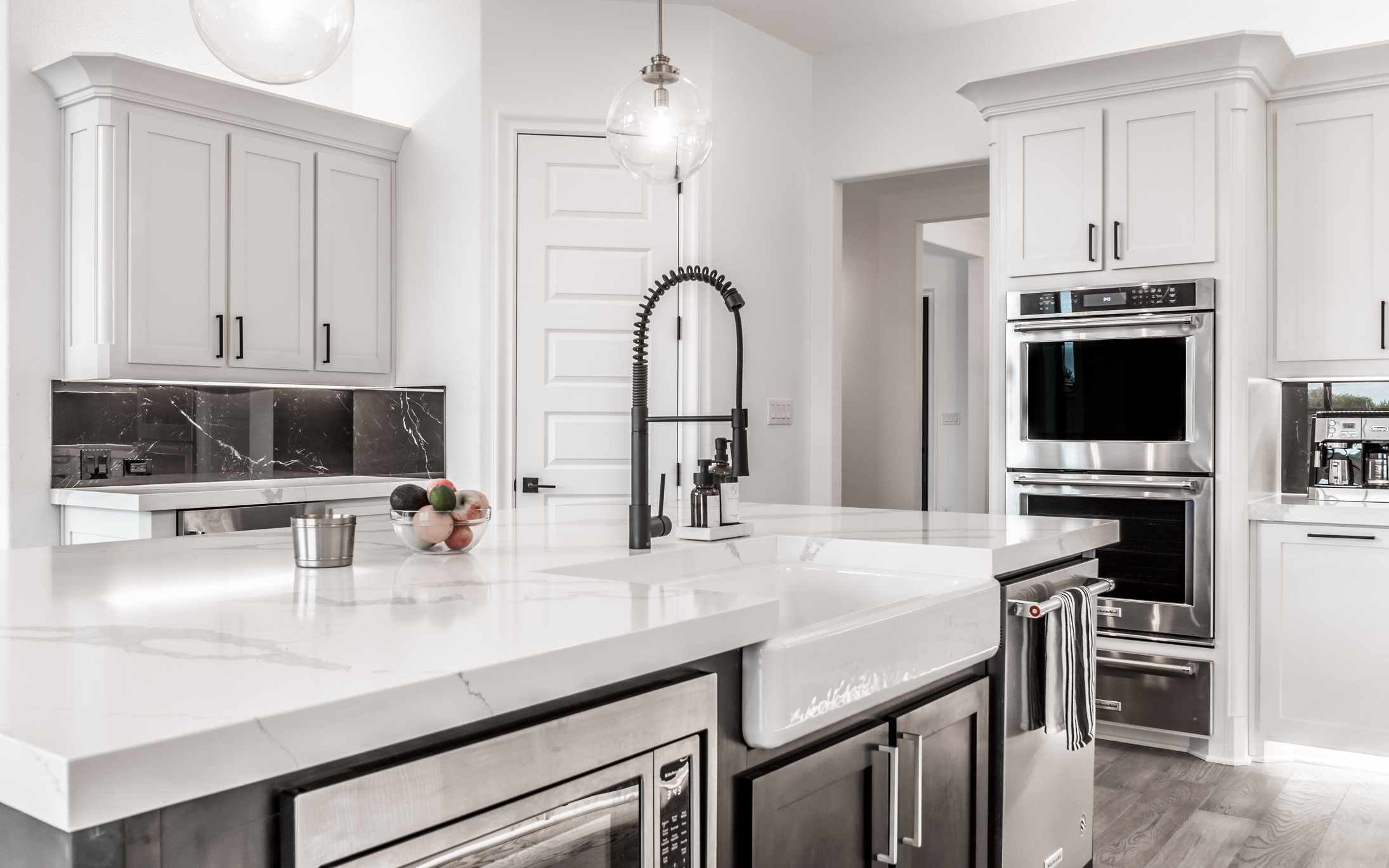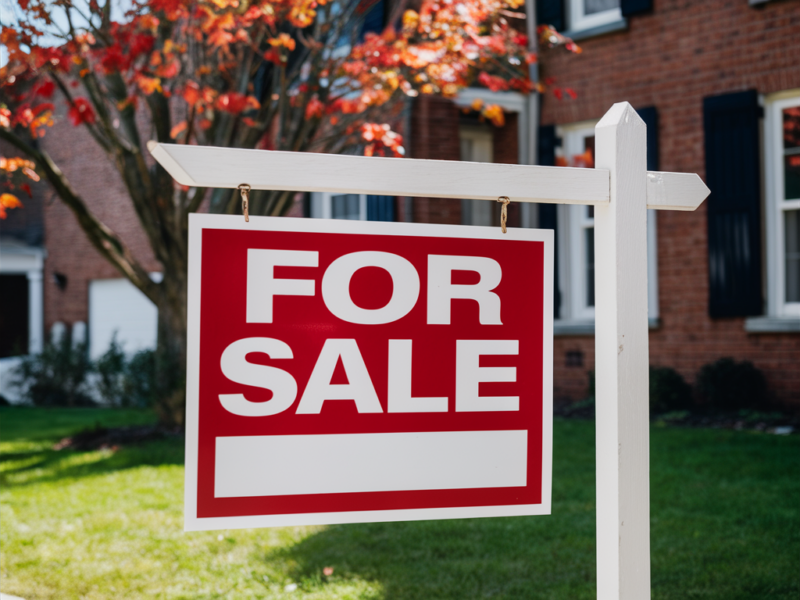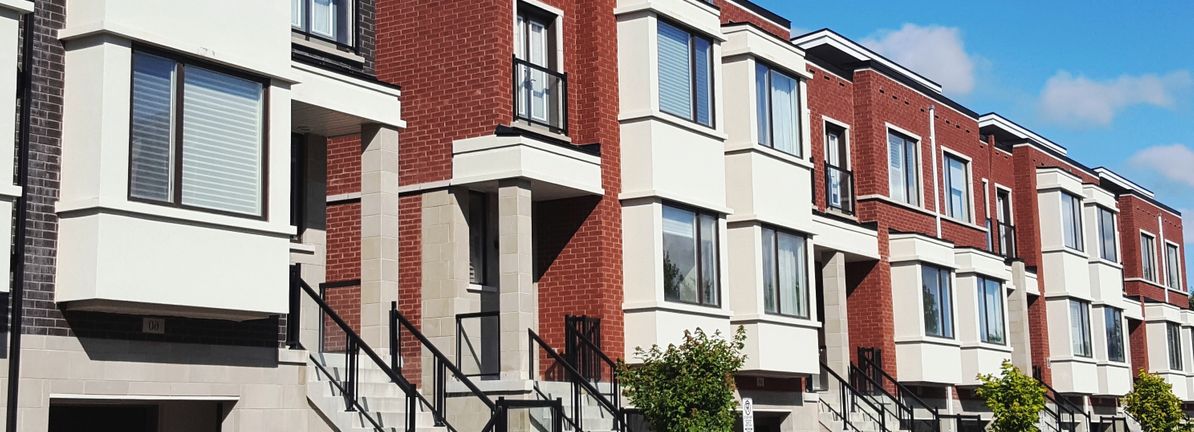E
arly in the pandemic, headlines were dominated by investors snapping up homes as low rates, high rents, and abundant inventory turned almost every property into a hot commodity. Today the scene has shifted: mortgage rates are higher, prices remain stubbornly elevated, and inventory is tight. So, is it still a good time to buy your first or next investment property? The answer depends on how you evaluate the market and structure your deal.
The era of ultra‑low real‑estate costs is over. While 2021 saw sub‑3% mortgage rates, current rates are far from their 1981 peak of 16.63%. Home prices continue to climb, though not at the same explosive pace. Higher rates and prices have narrowed the buyer pool, making profitable deals scarcer. Yet rental demand is growing, and waiting for a market correction is unlikely to yield significant benefits. “We don’t anticipate housing prices or rates to dramatically decline anytime soon,” says Tim Lawlor, CFO of Kiavi. “Those wanting to invest in rental properties likely won’t see a significant benefit to waiting.”
In this environment, a deal must be profitable on paper from the outset. Lawlor stresses that investors should account for every cost: borrowing, insurance, repairs, maintenance, marketing, and local rent levels. Even after factoring in a typical vacancy—say one month per year—many properties still generate a modest positive cash flow. For example, a $2,500 monthly rent with a $1,800 mortgage and $400 in operating expenses yields $300 before vacancy. Subtracting a $2,500 annual vacancy spread over 12 months reduces the monthly cash flow to about $90. While slim, this margin can be worthwhile if rents rise or if you plan to refinance at a lower rate later.
Tenant quality is another critical risk. Late payments, property damage, and eviction challenges can wipe out profits. A single bad tenant can erase a year’s income and add legal costs. “If a deal doesn’t make sense at current rates, pass,” says David Schneider, president of Schneider Wealth Strategies. He advises building a cushion into your analysis to absorb surprises such as higher insurance premiums or unexpected roof replacements.
First‑time investors often underestimate the day‑to‑day responsibilities of being a landlord. Screening tenants, budgeting for vacancies, and understanding local rental laws are as important as finding the right property. Schneider recommends stress‑testing your numbers: if a property only works under perfect conditions, it may not be suitable for a first investment. Consider your desired level of involvement—hands‑on or managed—and factor the cost of hiring a property manager if you prefer to outsource.
In 2025 and beyond, the playbook for adding new properties changes. With limited supply, investors should look beyond traditional listings, targeting off‑market deals through wholesalers or personal networks. Seasoned investors may focus on regions with lower purchase prices and steady rental demand, such as the Midwest, to achieve reliable yields. Diversifying across single‑family rentals, small multifamily buildings, or mixed‑use properties can also provide stability if market dynamics shift.
Leverage existing equity through refinancing, home‑equity loans, or tax‑advantaged strategies like 1031 exchanges can unlock capital for new deals. Regardless of experience level, fundamentals remain key: include closing costs, taxes, insurance, repairs, utilities, and vacancy allowances in your calculations. Hidden fees—such as homeowners’ association dues—can quickly erode profitability. In high‑cost coastal markets, first‑time investors may find the math unfavorable; instead, search nationwide for markets that balance purchase price with rental income.
Decide early whether you’ll be a DIY landlord or hire a property manager. If you choose DIY, secure reliable contractors ahead of time. Keep three to six months of operating expenses in reserve to weather tenant turnover or costly repairs. Patience and planning are essential; real‑estate returns typically materialize over years of steady rent growth and loan repayment.
Online tools—rent calculators, after‑repair value estimators, and Kiavi’s free ARV calculator—can help you evaluate deals quickly. If a property covers its costs and still generates income, now may be a good time to invest. Experts caution against waiting for a market shift, as rates and prices may remain stable in the near future. Many investors hold properties for five to seven years or longer, aiming for profitability at current rates and a strong resale or refinance position.
In summary, the current market demands sharper financial analysis and realistic expectations. By thoroughly accounting for all costs, anticipating vacancies and tenant risks, targeting off‑market opportunities, diversifying property types, and leveraging existing equity, investors can still find profitable deals even amid higher rates and prices.

